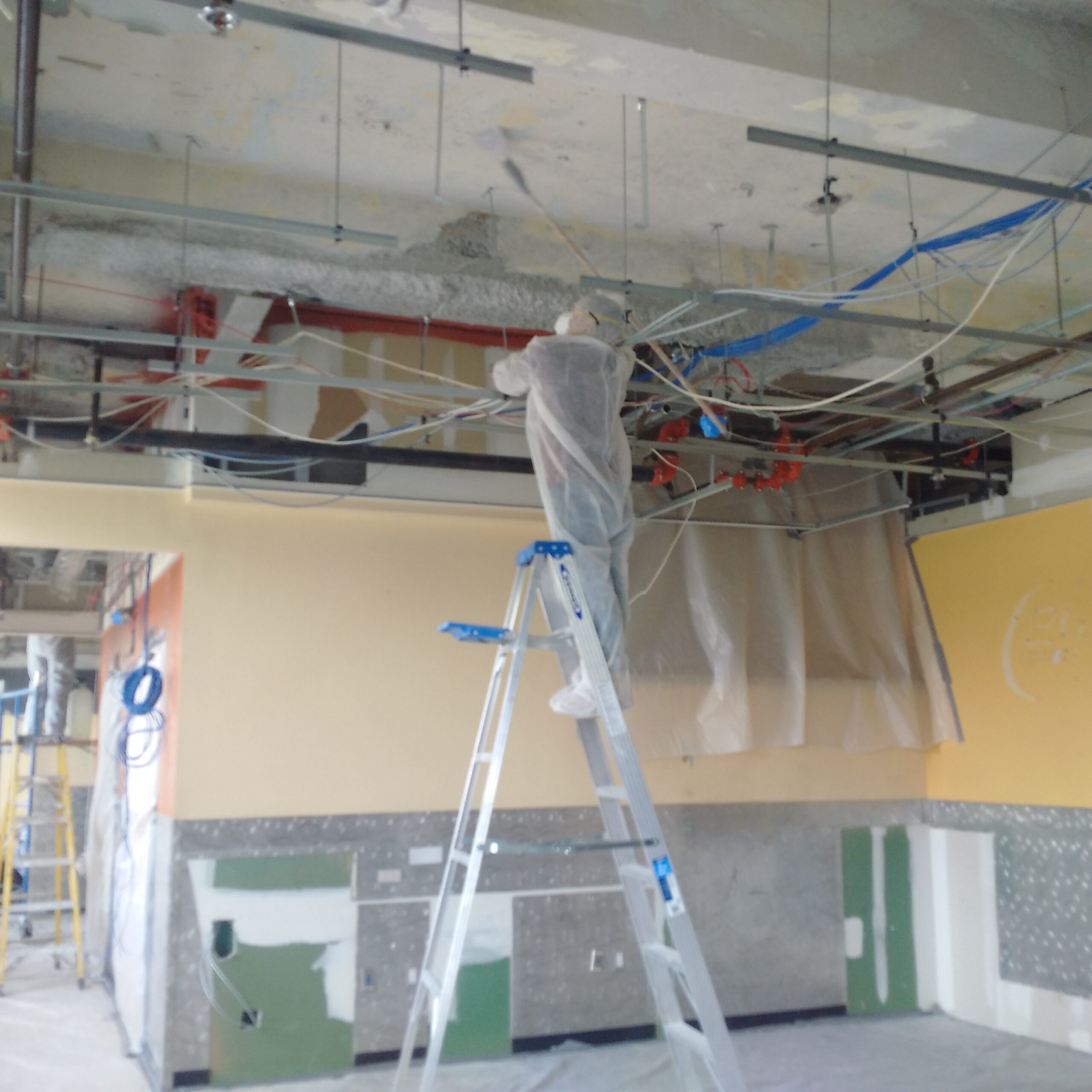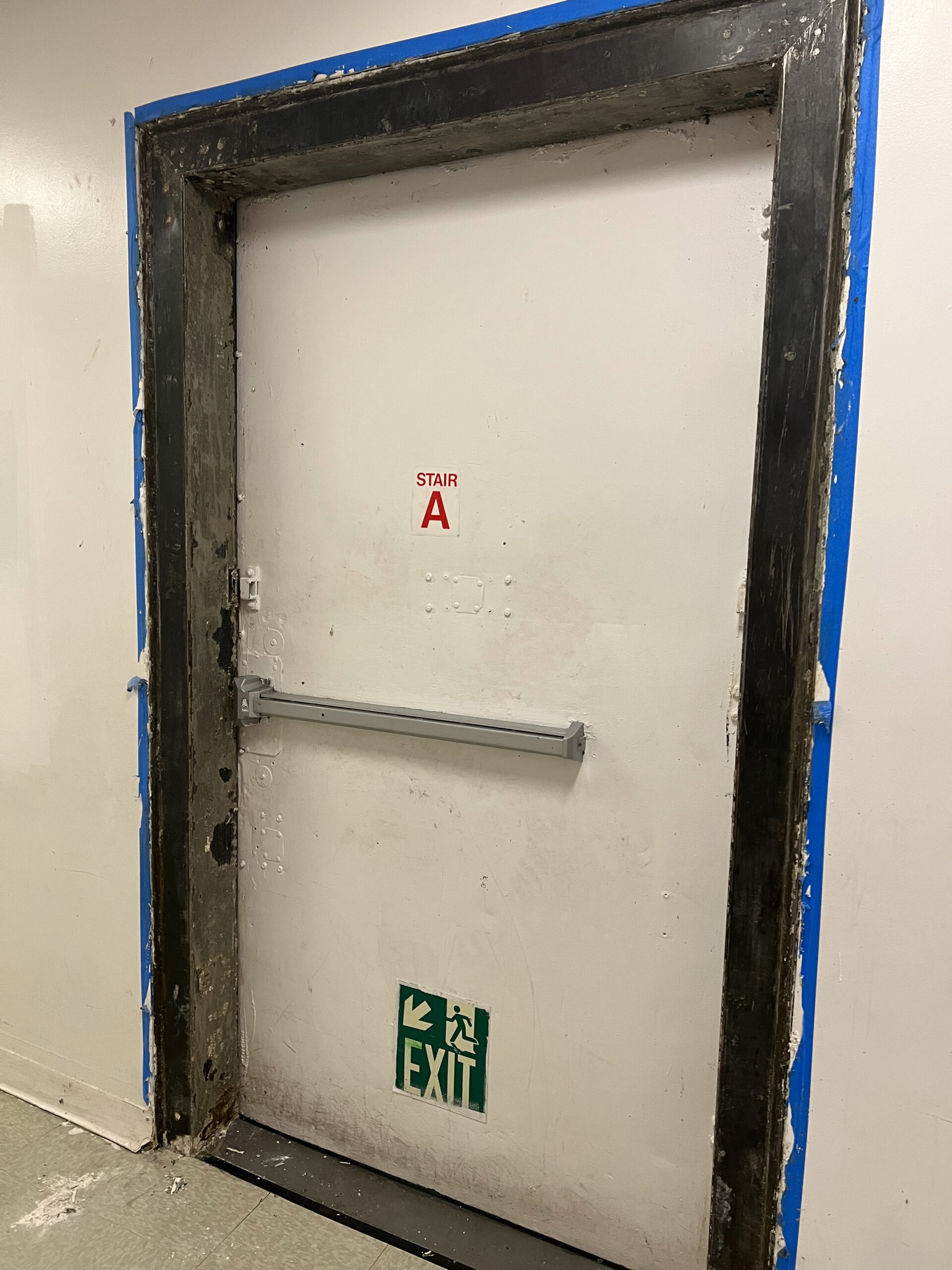Important Tools and Approaches for Effective Lead Violation Clean-up
Attending to lead infractions successfully requires a detailed technique that mixes the right tools with critical approaches. Concurrently, the use of specialized cleaning tools, such as HEPA vacuums and lead-specific cleaning agents, is important for extensive contaminant elimination. Efficient control approaches, including plastic sheeting and unfavorable air pressure systems, are essential to prevent the spread of dangerous products.
Individual Safety Tools
Personal protective equipment (PPE) is an essential element in the efficient administration of lead contamination cleanup. PPE works as a crucial barrier, guarding workers from the unsafe impacts of lead exposure, which can lead to extreme health consequences. The necessary PPE for lead cleanup consists of respirators, protective apparel, gloves, and eye protection. Each sort of devices is specifically made to minimize different risks connected with lead fragments and dust.
Respirators, specifically those equipped with HEPA filters, are important for filtering system air-borne lead bits, protecting against breathing. Protective clothes, including coveralls and non reusable fits, stops lead dust from sticking to employees' garments, decreasing the danger of secondary contamination.
Moreover, rigorous training on the appropriate usage and maintenance of PPE is vital. Employees need to be educated on putting on and doffing procedures to prevent contamination. Regular examinations and replacements of PPE components are necessary to keep their safety abilities, making sure a secure and certified cleaning procedure.
Specialized Cleaning Tools

An additional vital tool is the wet/dry vacuum, which can efficiently tidy up both dirt and liquid pollutants. These vacuum cleaners often come with HEPA filters to offer an additional layer of safety. Wet wipes or tack fabrics are also crucial for surface area cleaning; they are especially made to record and hold lead particles, decreasing the danger of spreading out contamination.
For even more stubborn deposits, specialized lead-removal cleaner are called for. These representatives are formulated to damage down lead particles, making them simpler to get rid of. Scrub brushes with strong bristles can aid in this procedure, especially on harsh surfaces where lead dirt has a tendency to stick much more highly.
Furthermore, encapsulants are made use of to seal lead-contaminated surfaces, avoiding the release of lead dust. These specialized paints and layers are created to abide by numerous substrates, supplying a long-lasting solution for lead containment.
Effective Control Methods
Effective control approaches are vital in mitigating the spread of lead contamination throughout cleaning tasks. Executing robust containment methods makes certain that lead bits do not move to untouched locations, consequently safeguarding both workers and the environment. One primary technique is making use of plastic bed linen to seal infected zones. Heavy-duty polyethylene obstacles can be installed from flooring to ceiling to develop a controlled workspace, significantly lowering the threat of air-borne lead dust dispersal.

To improve control, encapsulants can be put on surfaces that are not being removed or disrupted. These specialized coatings bind lead dust, decreasing its availability for resuspension. In addition, all workers must use suitable Individual Safety Devices (PPE), consisting of respirators and disposable fits, to stop contamination spread.
Safe Disposal Practices
Making sure risk-free disposal methods is a critical part in the monitoring of lead contamination cleaning. Proper disposal alleviates the risk of lead returning to the atmosphere and jeopardizing public wellness. The very first step is to recognize and set apart lead-contaminated waste from various other products. Safe control using heavy-duty, watertight containers is vital to prevent spillage throughout transportation.
Transporting lead waste requires adherence to strict standards. Using accredited harmful waste providers makes sure that the products are handled properly. Documents, consisting of materializes outlining the type and amount of waste, ought to go along with deliveries to track the waste from the website of beginning to its final disposal location.
Designated contaminated materials disposal facilities are equipped to deal with lead-contaminated products securely. These facilities frequently utilize advanced techniques such Our site as stabilization, solidification, or chemical therapy to neutralize the lead prior to disposal. Landfilling in specialized, lined areas that stop leachate from polluting groundwater is a common technique for final disposal.
Normal training for employees involved in lead waste disposal is crucial to maintain security standards and protect against unintended exposure. By adhering to these practices, companies can considerably reduce the ecological and health and wellness influences related to lead contamination.
Regulatory Compliance Tips

Following governing conformity is paramount in the successful implementation of lead contamination cleanup. Recognizing and adhering to government, state, and regional laws makes certain not just the safety and health of people yet additionally the legal and economic health of the cleanup company. The Epa (EPA) sets stringent criteria, such as the Lead Improvement, Fixing, and Painting (RRP) Guideline, which mandates appropriate qualification and training for specialists handling lead-based tasks.
Conformity starts with a detailed assessment of relevant legislations and laws. Organizations has to stay upgraded on any type of legal anonymous modifications, which can be helped with through regular training sessions and signing up for market updates. Documents is an additional crucial compliance element; maintaining in-depth documents of all tasks, consisting of assessment records, staff member training logs, see and disposal materializes, is vital.
Moreover, engaging with accredited lead examiners or take the chance of assessors makes certain that lead dangers are appropriately determined and mitigated. Employers need to apply making use of Individual Protective Devices (PPE) and guarantee that safety protocols are purely adhered to. Transparent communication with stakeholders, consisting of employees, customers, and regulatory bodies, will promote a culture of conformity and responsibility, inevitably adding to a more secure and much more effective lead cleaning process.
Verdict
Efficient lead offense cleaning necessitates the combination of specialized tools and strategic techniques to guarantee safety and security and efficacy. Personal safety devices (PPE) safeguards workers from direct exposure, while secure disposal practices and strict adherence to regulative compliance are necessary for properly handling hazardous waste.